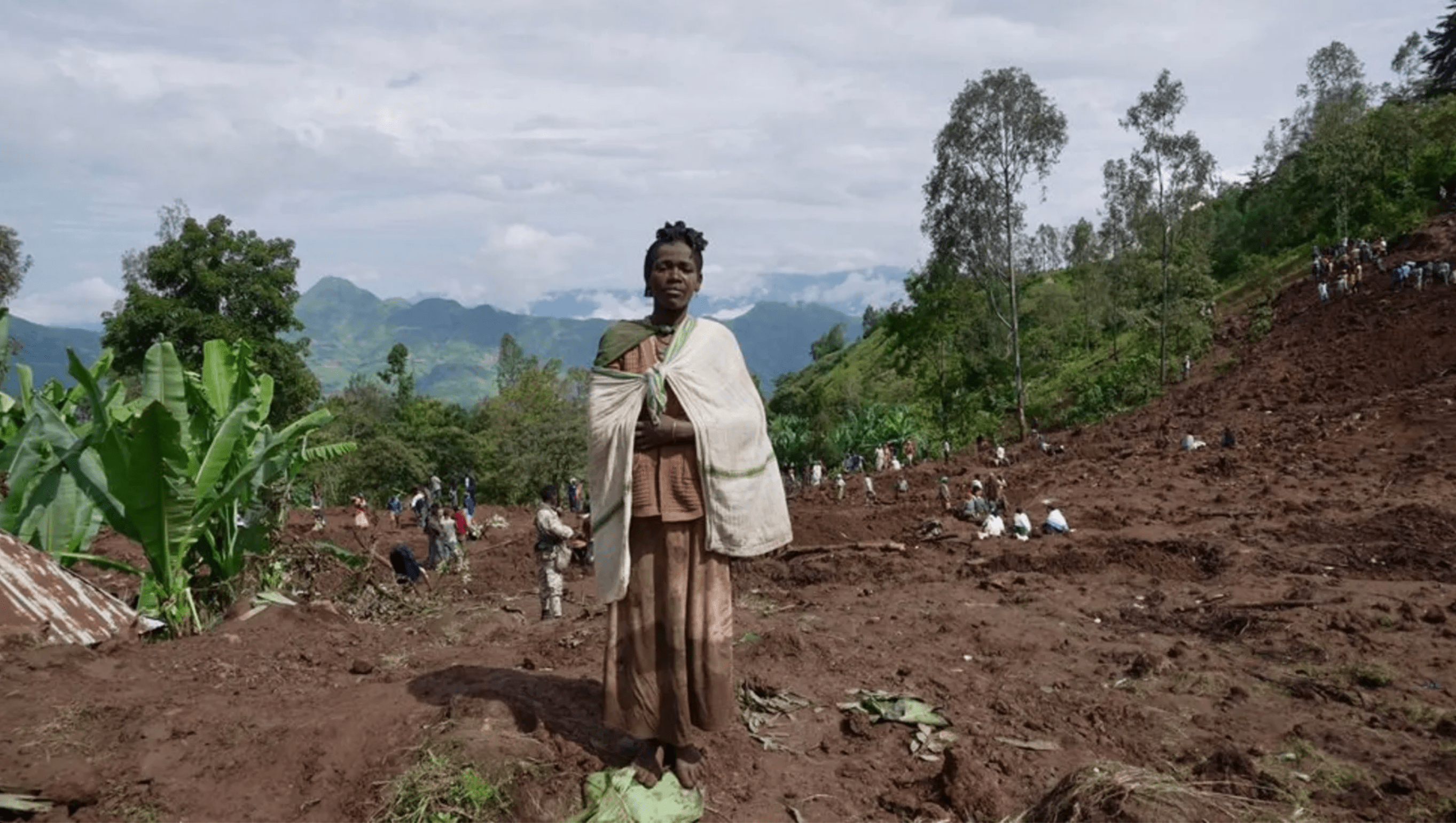I AM sure that the company planning to mine uranium at Langer Heinrich must really be pleased when a fuss is made about radiation risks and health hazards, because it helps to obscure what I believe should be the most controversial issue at hand, which is their water consumption.
Although this has been touched upon in the press, there are many of us who would be reassured if this was discussed more fully and openly, and this would entail the following: 1. What is their projected water consumption, and how does it compare with that of the coastal communities that could be affected by it in future? 2.What aquifer will they be drawing from, and how is their consumption projected to impact upon the aquifer over the long term, particularly in a worst-case scenario of prolonged drought or poor rain years and possible subsequent reduced recharge to the aquifer? 3.By what means will they carry their water to where they need it? Where will the route run? Who did the environmental impact assessment on that route, and what knowledge and background did they have of Namibian flora, fauna and ecology, particularly of Namib Desert endemic species? 4.What mitigation measures are they planning to keep water consumption by the mining process to a minimum, and are their plans state-of-the-art for that goal? How does it compare with similar facilities elsewhere (e.g.in Australia and other first-world countries)? 5.What will they be paying for their huge consumption compared to the coastal municipalities, and in the event of water shortage at the coast, who will pay the certain increase in the price of bulk supply? I am sure that if this company is sincere about wanting to be environmentally responsible and correct then they will be able to lay all our concerns to rest by being totally open and frank on this issue.Another suggestion that I have for coastal communities, and for journalists, is to establish the names of the person or team responsible for the official stamp of approval on what seems to be such huge water extraction, and perhaps to hear their rationale for their actions.An informed opinion on the sustainability or the scale of extraction from a knowledgeable hydrologist might also be of interest.Also of interest would be to start recording now, without delay, the cost of water to Namibians who might be affected, so that increases may be compared easily as the years go by.As you know, Windhoek residents are still counting the cost of Ramatex, both financially and environmentally.We are faced with rising water rates whenever there is a dry year, but I have never yet heard of a reduction after a few good years.I have always wondered whether bulk users such as Ramatex and others have their (already reduced) rates increased by the same percentage.I will watch with interest developments in this regard at the coast.As for the chemical contamination of our water supplies – well, who knows whether we or future generations will count that cost? I regret to say that there has never been total openness on that issue by the Windhoek municipality.Nevertheless, the bottom line is not only the cost of water – it is the availability of this most precious and limited of Namibian resources.I would greatly appreciate these concerns being laid to rest by some detailed but understandable (to average human beings) information being made available.I sincerely doubt whether the owners of the mining company will be at all affected by the state of our aquifers in 30 years’ time and it is up to us to ask the hard questions now so that we don’t regret our apathy in future.I believe this issue to be very serious and, as there are rumours of further uranium mining activities in the offing, a very urgent one Coleen Mannheimer Via e-mailWhat is their projected water consumption, and how does it compare with that of the coastal communities that could be affected by it in future? 2.What aquifer will they be drawing from, and how is their consumption projected to impact upon the aquifer over the long term, particularly in a worst-case scenario of prolonged drought or poor rain years and possible subsequent reduced recharge to the aquifer? 3.By what means will they carry their water to where they need it? Where will the route run? Who did the environmental impact assessment on that route, and what knowledge and background did they have of Namibian flora, fauna and ecology, particularly of Namib Desert endemic species? 4.What mitigation measures are they planning to keep water consumption by the mining process to a minimum, and are their plans state-of-the-art for that goal? How does it compare with similar facilities elsewhere (e.g.in Australia and other first-world countries)? 5.What will they be paying for their huge consumption compared to the coastal municipalities, and in the event of water shortage at the coast, who will pay the certain increase in the price of bulk supply? I am sure that if this company is sincere about wanting to be environmentally responsible and correct then they will be able to lay all our concerns to rest by being totally open and frank on this issue.Another suggestion that I have for coastal communities, and for journalists, is to establish the names of the person or team responsible for the official stamp of approval on what seems to be such huge water extraction, and perhaps to hear their rationale for their actions.An informed opinion on the sustainability or the scale of extraction from a knowledgeable hydrologist might also be of interest.Also of interest would be to start recording now, without delay, the cost of water to Namibians who might be affected, so that increases may be compared easily as the years go by.As you know, Windhoek residents are still counting the cost of Ramatex, both financially and environmentally.We are faced with rising water rates whenever there is a dry year, but I have never yet heard of a reduction after a few good years.I have always wondered whether bulk users such as Ramatex and others have their (already reduced) rates increased by the same percentage.I will watch with interest developments in this regard at the coast.As for the chemical contamination of our water supplies – well, who knows whether we or future generations will count that cost? I regret to say that there has never been total openness on that issue by the Windhoek municipality.Nevertheless, the bottom line is not only the cost of water – it is the availability of this most precious and limited of Namibian resources.I would greatly appreciate these concerns being laid to rest by some detailed but understandable (to average human beings) information being made available.I sincerely doubt whether the owners of the mining company will be at all affected by the state of our aquifers in 30 years’ time and it is up to us to ask the hard questions now so that we don’t regret our apathy in future.I believe this issue to be very serious and, as there are rumours of further uranium mining activities in the offing, a very urgent one Coleen Mannheimer Via e-mail
Stay informed with The Namibian – your source for credible journalism. Get in-depth reporting and opinions for
only N$85 a month. Invest in journalism, invest in democracy –
Subscribe Now!






